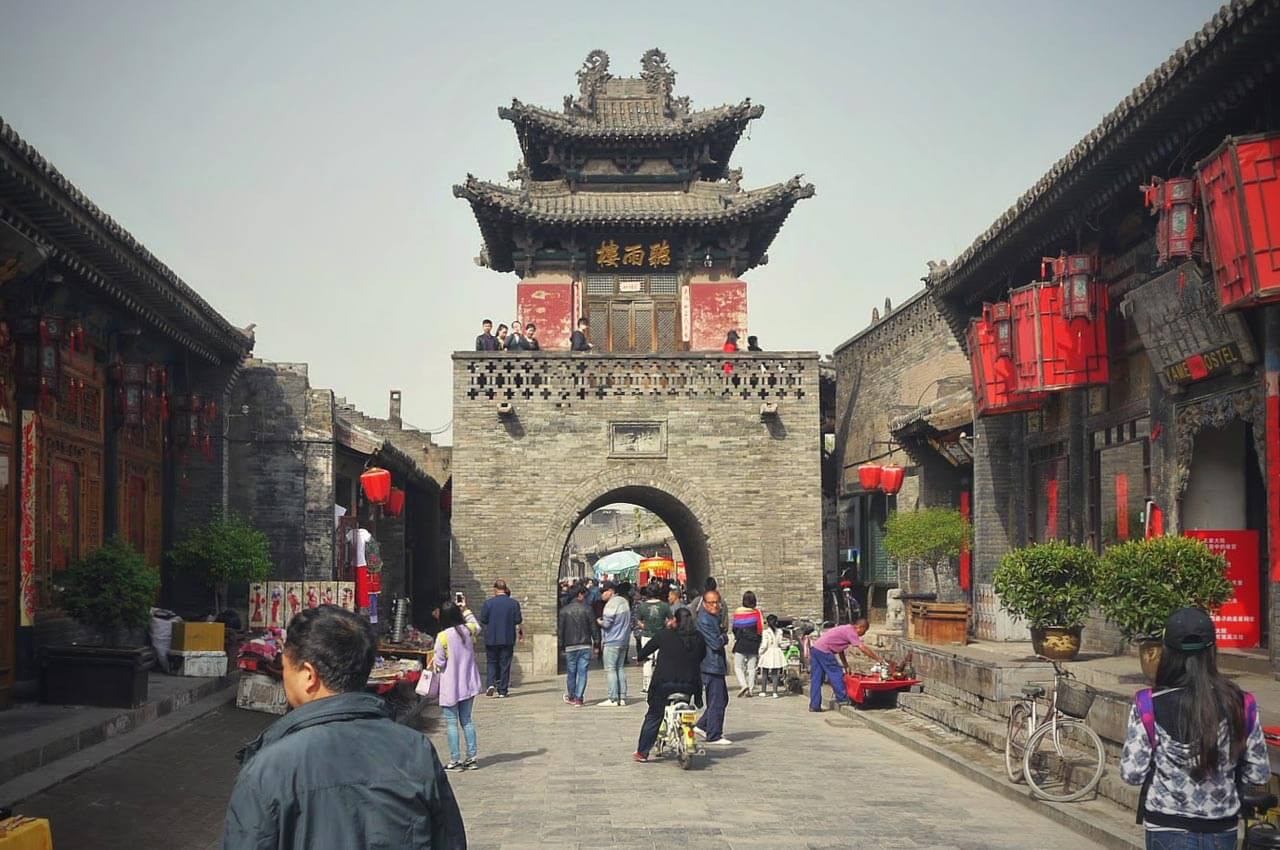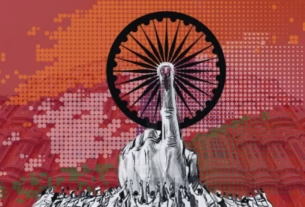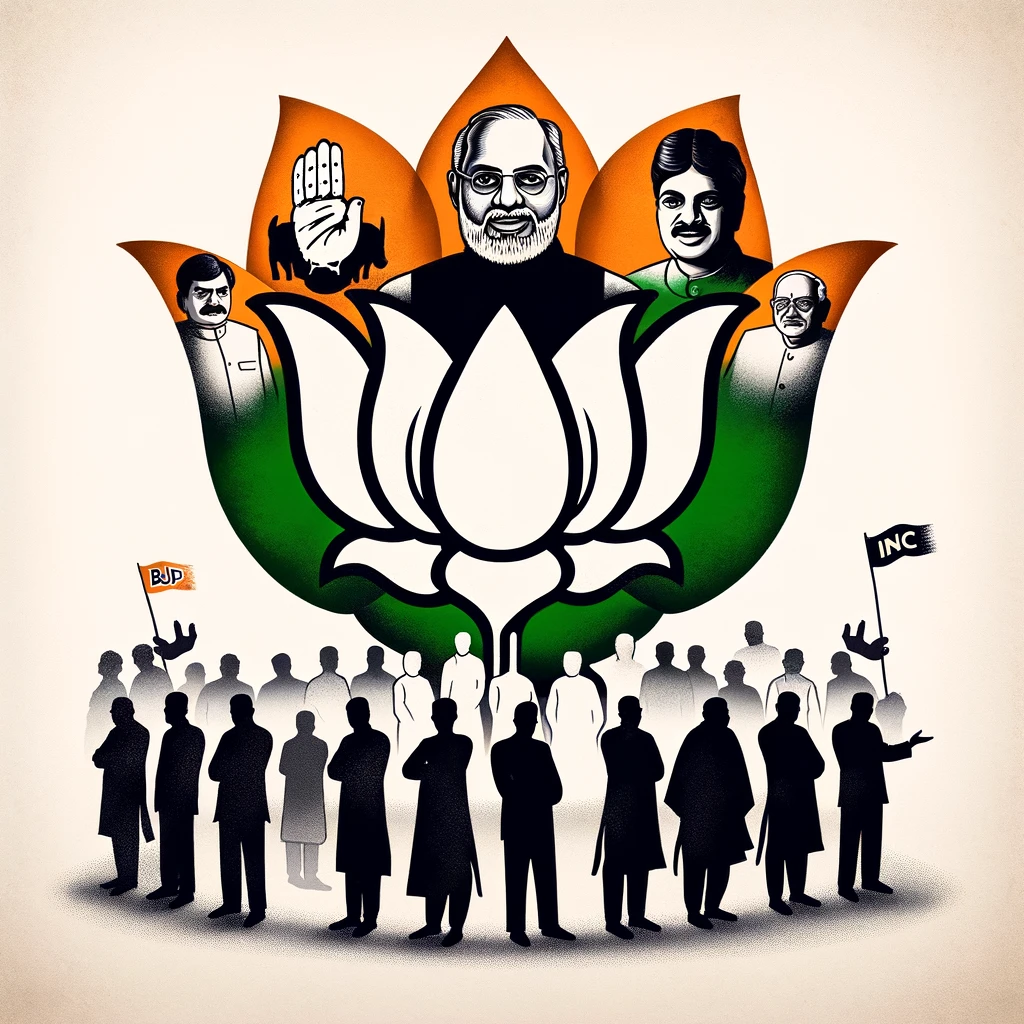India’s caste-based reservation system has always been a lightning rod for debate, and now, thanks to a recent Supreme Court observation, the fire is raging hotter than ever.
In a recent ruling, Judge BR Gavai declared that “75 years of benefits are enough,” nudging Parliament to reconsider whether the current system still serves its purpose or if it’s become a political relic.
A System Born of Necessity
To understand why we’re even having this debate, we need to rewind to 1950, when the reservation system was introduced to address historical injustices faced by Scheduled Castes (SC), Scheduled Tribes (ST), and later, Other Backward Classes (OBC). These communities had been subjected to systemic oppression, denied access to education, jobs, and land for centuries. Reservation aimed to level the playing field, providing them with opportunities they had been long denied.
And for a while, it worked. India saw more Dalits entering higher education, securing government jobs, and gaining political representation. But as the years rolled on, questions about the system’s fairness and efficiency began to arise.
The Supreme Court Steps In
Recently, the Supreme Court delivered an observation that sent shockwaves through the political and social landscape. It essentially asked: Shouldn’t 75 years of affirmative action be enough? The court stopped short of declaring the system outdated but threw the ball into Parliament’s court, urging it to evaluate whether the reservation policy needs an overhaul.
Critics of the system argue that caste-based reservation has outlived its purpose and now fosters division rather than unity. Supporters, however, contend that structural inequality persists and removing reservations would be akin to pulling the rug out from under millions who still face systemic barriers.
Read more: One Nation, One Election
The Positives of Reservation
- Addressing Historical Injustice
Reservation has been a lifeline for historically marginalised communities. Without it, many would still lack access to education, healthcare and employment opportunities. It has created a new generation of professionals and leaders who are rewriting the narrative of their communities. - Diversity and Representation
Thanks to reservation, India’s bureaucracy, judiciary and political systems are more diverse. Having leaders from varied backgrounds ensures that policies address the needs of all, not just the privileged few. - Breaking the Cycle
Reservation has disrupted caste hierarchies, challenging centuries-old social structures. While not perfect, it’s a step toward creating a more equitable society.
The Negatives of Reservation
- Meritocracy vs. Quotas
One of the loudest criticisms is that reservation undermines meritocracy. Critics argue that opportunities should be based on talent and hard work, not birth. However, this argument conveniently ignores the systemic barriers that prevent marginalized groups from even entering the starting line. - The Creamy Layer Debate
The benefits of reservation often don’t trickle down to the most marginalized within SC, ST, and OBC categories. Instead, the so-called “creamy layer” (relatively well-off individuals within these groups) often reaps the rewards, leaving the truly disadvantaged behind. - Political Manipulation
Let’s not pretend politicians haven’t milked the reservation system for votes. Instead of addressing the root causes of inequality, they tinker with quotas to expand their voter base, perpetuating a cycle of dependency rather than empowerment. - Caste Entrenchment
While intended to eliminate caste-based discrimination, reservation has ironically reinforced caste identities. It’s a Band-Aid on a festering wound that needs more systemic solutions.
Data shows that reservations have indeed helped reduce poverty among Scheduled Castes (SCs) and Scheduled Tribes (STs), with significant improvements in literacy rates and employment. However, critics argue that the system has become a political tool, benefiting the “creamy layer” within these communities.
The Supreme Court’s recent call for a re-evaluation reflects growing concerns about the efficacy and fairness of reservations. As society evolves, it’s crucial to balance historical redress with contemporary realities, ensuring that the benefits reach those who need them most.
- Poverty Reduction: According to the National Sample Survey Office (NSSO), the poverty rate among Scheduled Castes (SCs) and Scheduled Tribes (STs) has significantly decreased since the implementation of reservations. For instance, the poverty rate among SCs fell from 65% in 1967 to 21% in 2011.
- Education: The literacy rate among SCs and STs has improved dramatically. In 1961, the literacy rate for SCs was 21%, which increased to 66% by 2011. For STs, it rose from 8% in 1961 to 59% in 2011.
- Employment: Reservations have also led to increased representation in government jobs. As of 2011, SCs and STs constituted about 17% of the central government workforce, which is roughly proportional to their population share.
Sub-classification: A Pandora’s Box
The Supreme Court’s recent focus on sub-classifying SCs and STs has added a new layer of complexity. The idea is to ensure that benefits reach the most marginalised within these groups. However, critics argue that this move risks dividing communities further. As if India needed more reasons to argue over caste.
Supporters of sub-classification say it’s about equity, not equality. Not all Dalits face the same challenges—some sub-groups are far more disadvantaged than others. But opponents worry it could lead to infighting within marginalised groups, weakening their collective political power.
75 Years of Benefits: Enough or Not?
The Supreme Court’s statement that “75 years of benefits are enough” has sparked outrage and applause in equal measure. Supporters of the observation believe it’s time to move beyond caste-based reservation to more nuanced policies that address economic and educational deprivation across all communities.
Critics, however, argue that caste-based discrimination hasn’t magically disappeared. Dalits still face lynchings, STs are displaced in the name of development, and OBCs continue to struggle for equal opportunities. In this context, ending reservation feels less like progress and more like abandonment.
What Parliament Needs to Consider
As the Supreme Court passes the buck to Parliament, several questions remain unanswered:
- Economic vs. Caste-based Reservation
Should India shift to an income-based reservation system? While this might address economic disparities, it risks ignoring the social stigma and systemic discrimination tied to caste. - Sub-classification and Fair Distribution
How can the system ensure that benefits reach the most disadvantaged within reserved categories without further dividing communities? - Sunset Clause
Should reservation come with an expiry date? If so, what benchmarks should determine its success or failure? - Accountability
How do we ensure that reservation doesn’t become a political football, used to score votes rather than uplift communities?
The Irony of It All
Here’s the kicker: while upper-caste critics rail against reservation, they conveniently forget their own historical privileges. For centuries, India operated under an unofficial reservation system for the upper castes, where access to land, education, and power was limited to a select few. Reservation for marginalised groups is, in many ways, just a belated attempt to level the playing field.
And let’s not forget the irony of politicians decrying the inefficiencies of reservation while gleefully expanding quotas for vote banks. If there’s one thing that unites India, it’s the hypocrisy of its political class.
A Way Forward
The debate over caste-based reservation isn’t going away anytime soon, but it’s clear that the current system needs a rethink. Here’s what a modernized approach could look like:
- Focus on Education: Invest in quality education for marginalized communities, reducing the need for quotas in the first place.
- Data-Driven Policies: Use data to identify who truly needs help, ensuring benefits reach the right people.
- Community Engagement: Any changes to the system must involve input from the affected communities, not just politicians and bureaucrats.
Reform, Not Abandonment
Caste-based reservation has been a lifeline for millions, but it’s far from perfect. The Supreme Court’s observation has sparked a necessary debate, but the solution isn’t to abandon the system altogether. Instead, India needs bold, thoughtful reforms that address the root causes of inequality while ensuring that the most disadvantaged aren’t left behind.
Because let’s face it: 75 years might seem like a long time, but undoing millennia of oppression is no small feat. Whether Parliament rises to the challenge or plays political football remains to be seen. Until then, the debate over reservation will continue to define—and divide—India’s democracy.
Read more: India’s alarming C-Section epidemic




